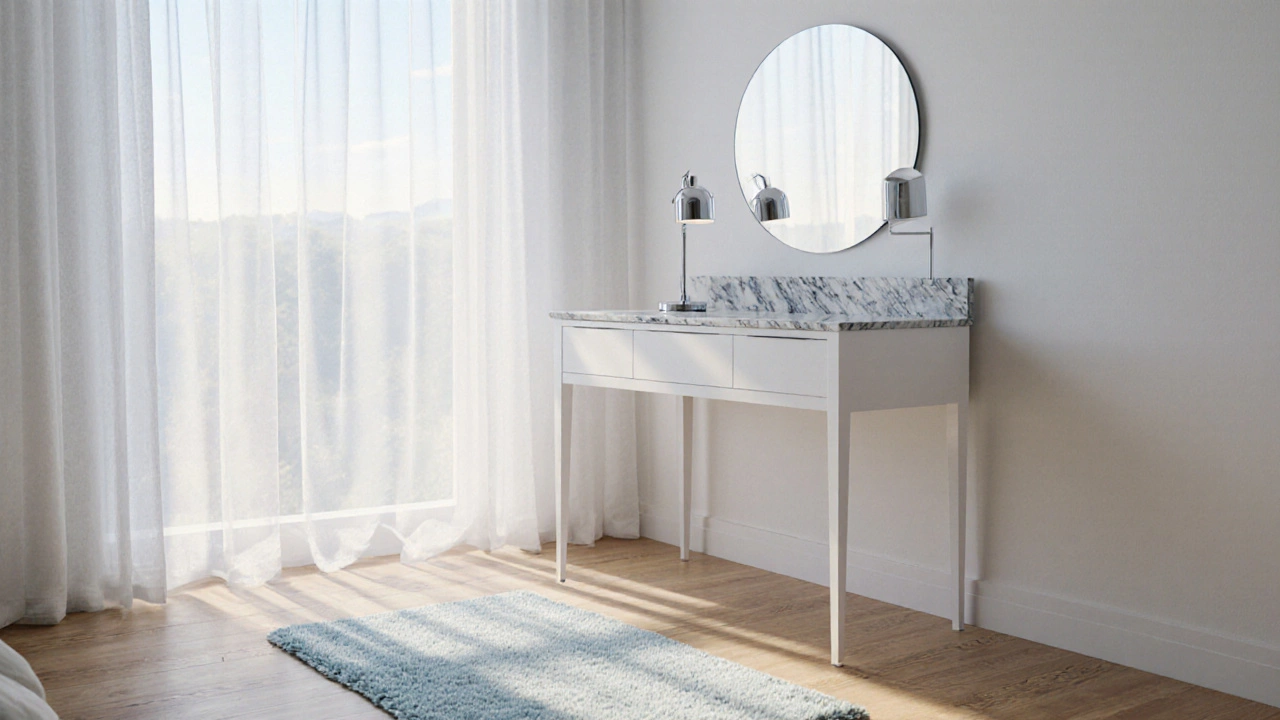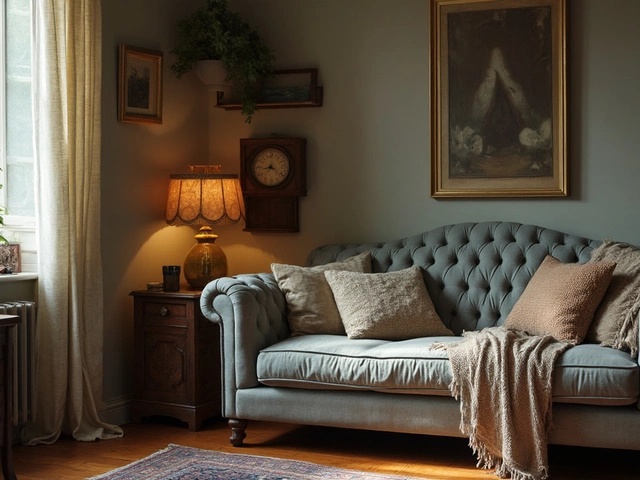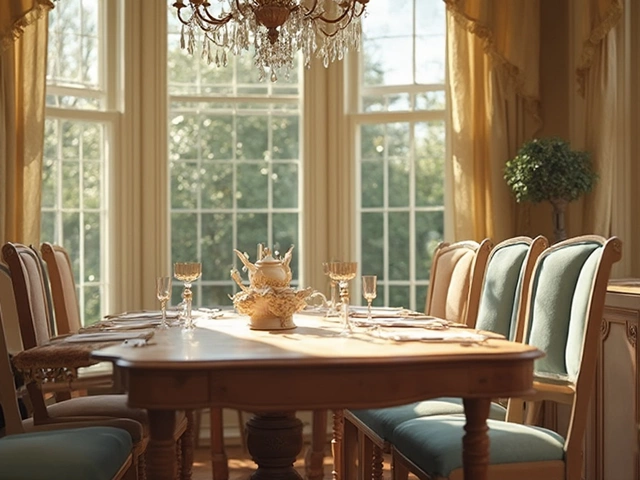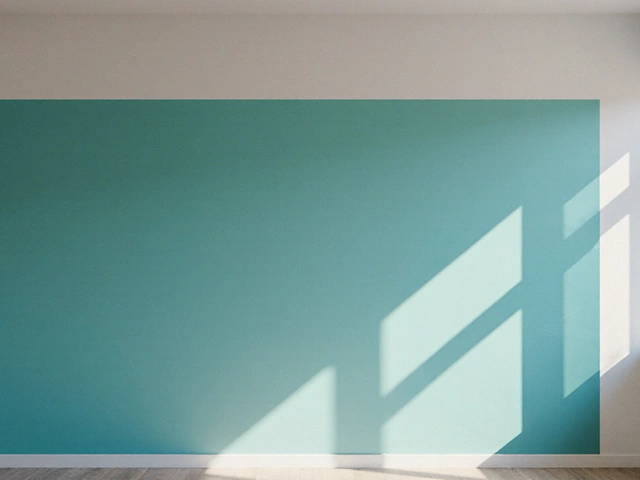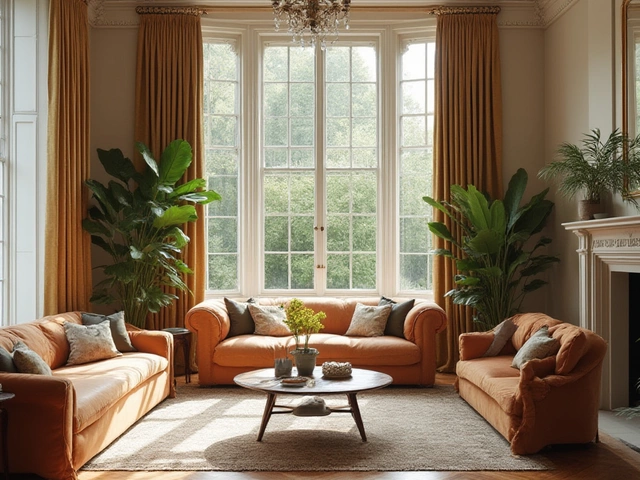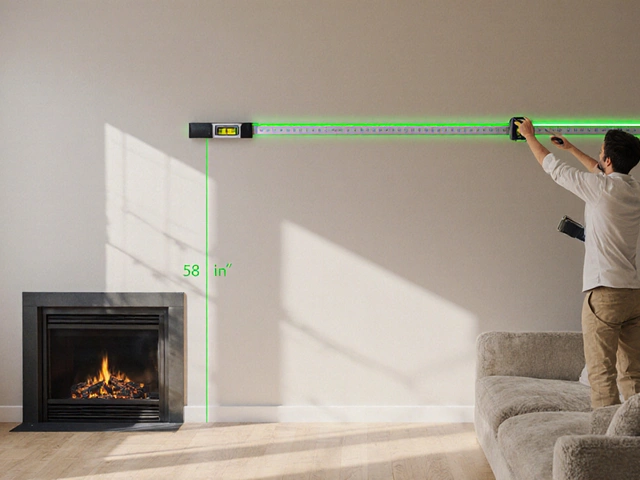Window Placement: How to Position Windows for Light, Style, and Comfort
When planning window placement, the strategic positioning of windows in a room to control light, view, and energy flow. Also known as window positioning, it decides how a space feels from the moment you step inside. A well‑thought‑out layout window placement can turn a cramped kitchen into a sun‑filled gathering spot. Alongside windows, curtains, fabric panels that cover windows for privacy and decoration and shutters, solid or slatted panels that regulate light and add architectural detail act as the primary accessories that shape the final effect. Together they create a system where window placement influences natural light, while curtains affect privacy and shutters boost energy efficiency.
Why window placement matters for light, heat and mood
Every room starts with a base of daylight, and the exact spot you choose for a window determines how that light spreads. If the window sits high on a wall, it pulls light deeper, reducing the need for artificial fixtures and cutting heating bills in winter. Conversely, low windows bring eye‑level illumination, perfect for workspaces or reading nooks. The relationship between window placement and heating is a classic example of a semantic triple: window placement influences natural light, which affects interior temperature, and that impacts energy consumption. Adding shutters into the mix adds another layer—shutters provide shade in summer, keeping rooms cooler, and seal gaps in winter, preserving warmth. Curtains, on the other hand, can soften harsh glare while adding texture and color, turning a functional window into a design focal point. The trio of windows, curtains, and shutters works like a team: good placement sets the stage, shutters fine‑tune the climate, and curtains finish the look.
Modern design trends tip the scale toward taller windows, higher curtain hang points, and sleek shutter profiles that blend with minimalist interiors. When you pair high‑placement windows with floor‑to‑ceiling curtains, the room feels taller and more open. If you prefer a cozier vibe, lower windows combined with patterned curtains and classic wooden shutters create a warm, layered atmosphere. Practical tips include measuring the wall’s full height, allowing at least 2‑3 inches of space above the window frame for trim, and ensuring curtains hang at least 2 inches above the glass to avoid blocking light. Lighting designers also recommend aligning ceiling lights with the window’s focal line to keep visual balance. Below you’ll find a curated set of articles that dive deeper into each of these aspects—whether you’re curious about the best curtain‑hanging height, the resurgence of shutters in 2024, or how to balance natural and artificial light for a healthier home.

